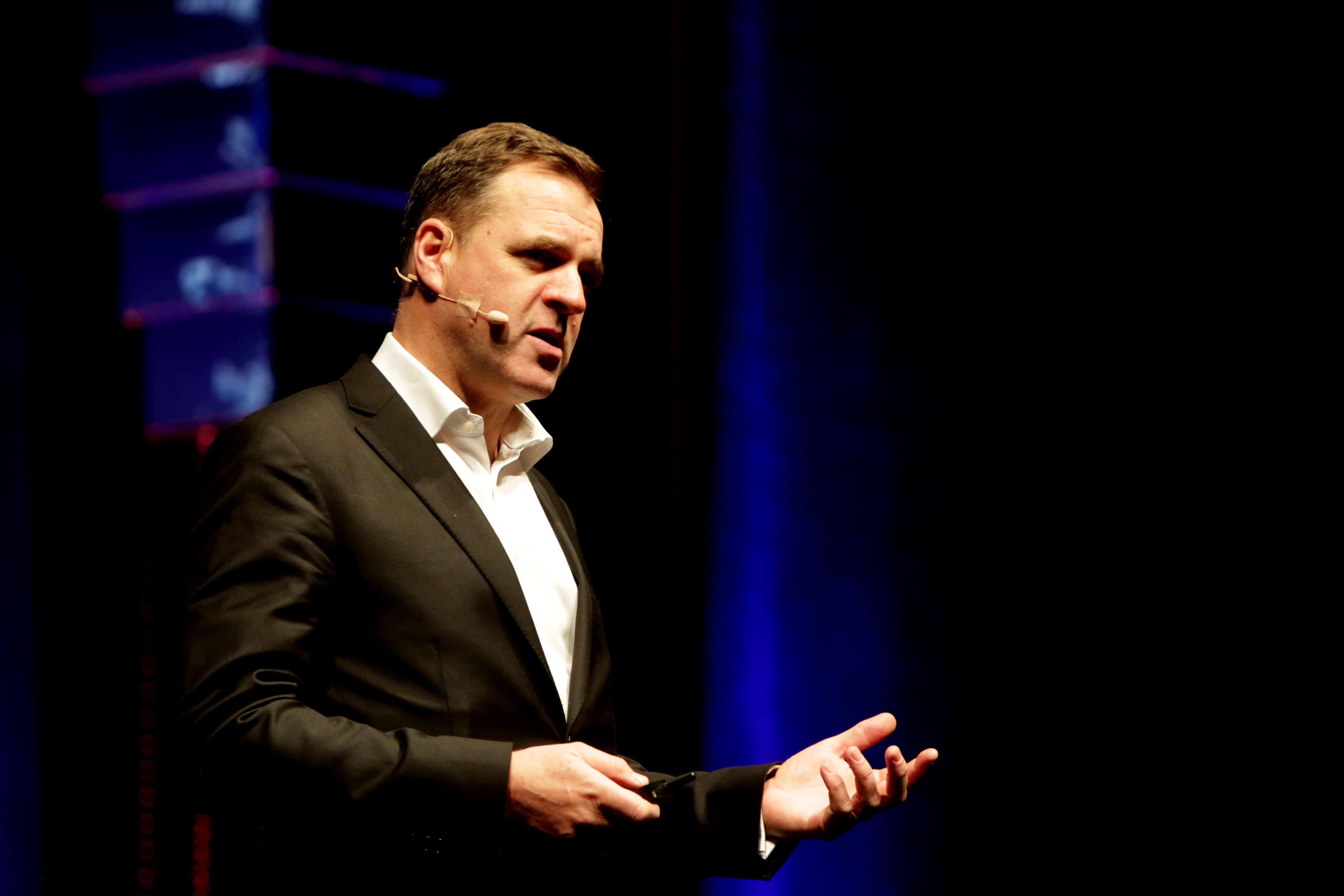Where is Inflation Going? An Economic Historian Gives His Answer

Is today’s rising inflation mimicking a time when a sudden jump in inflation took investors by surprise? Top economic historian Niall Ferguson might have the answer.

Is today’s rising inflation mimicking a time when a sudden jump in inflation took investors by surprise? Top economic historian Niall Ferguson might have the answer.